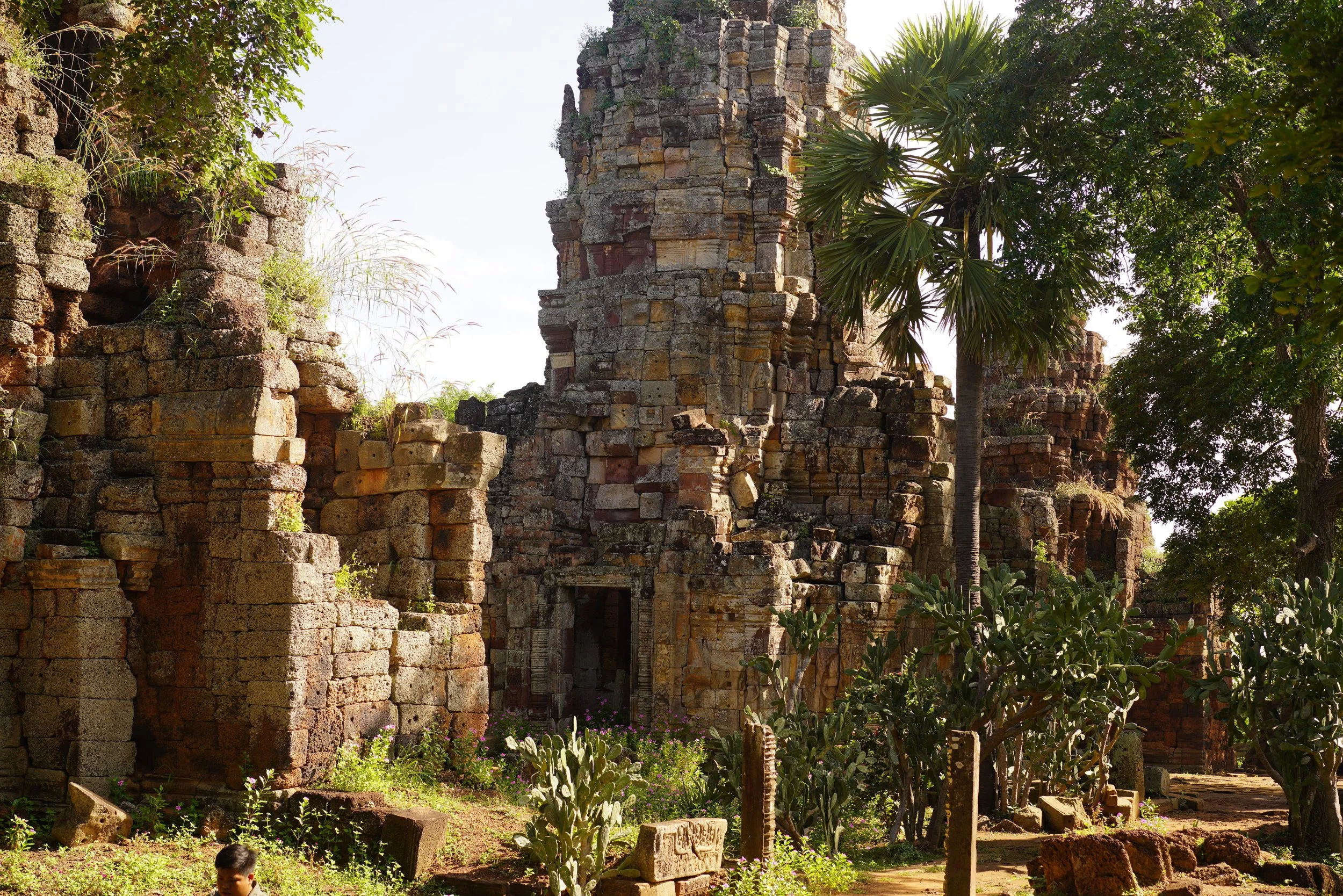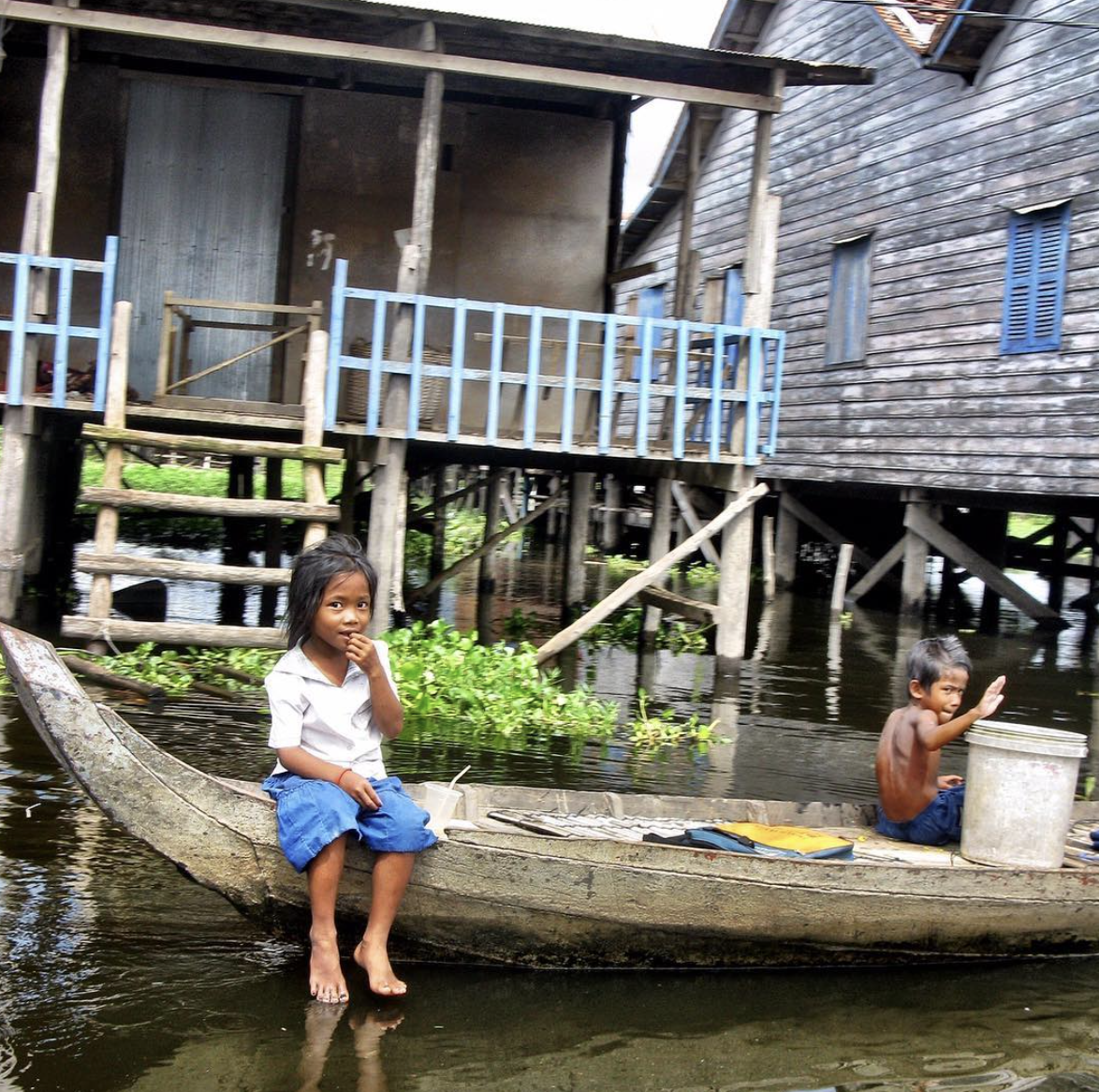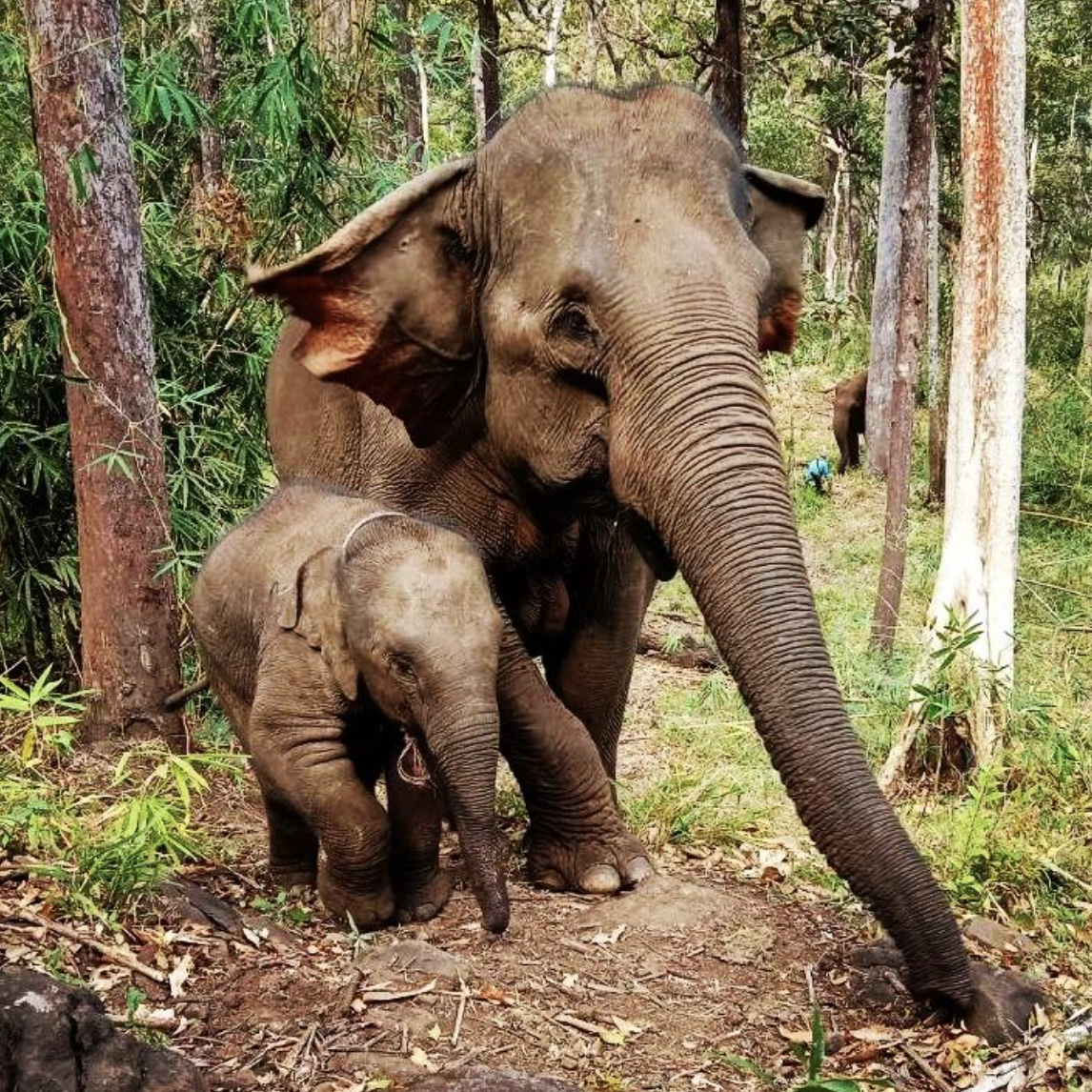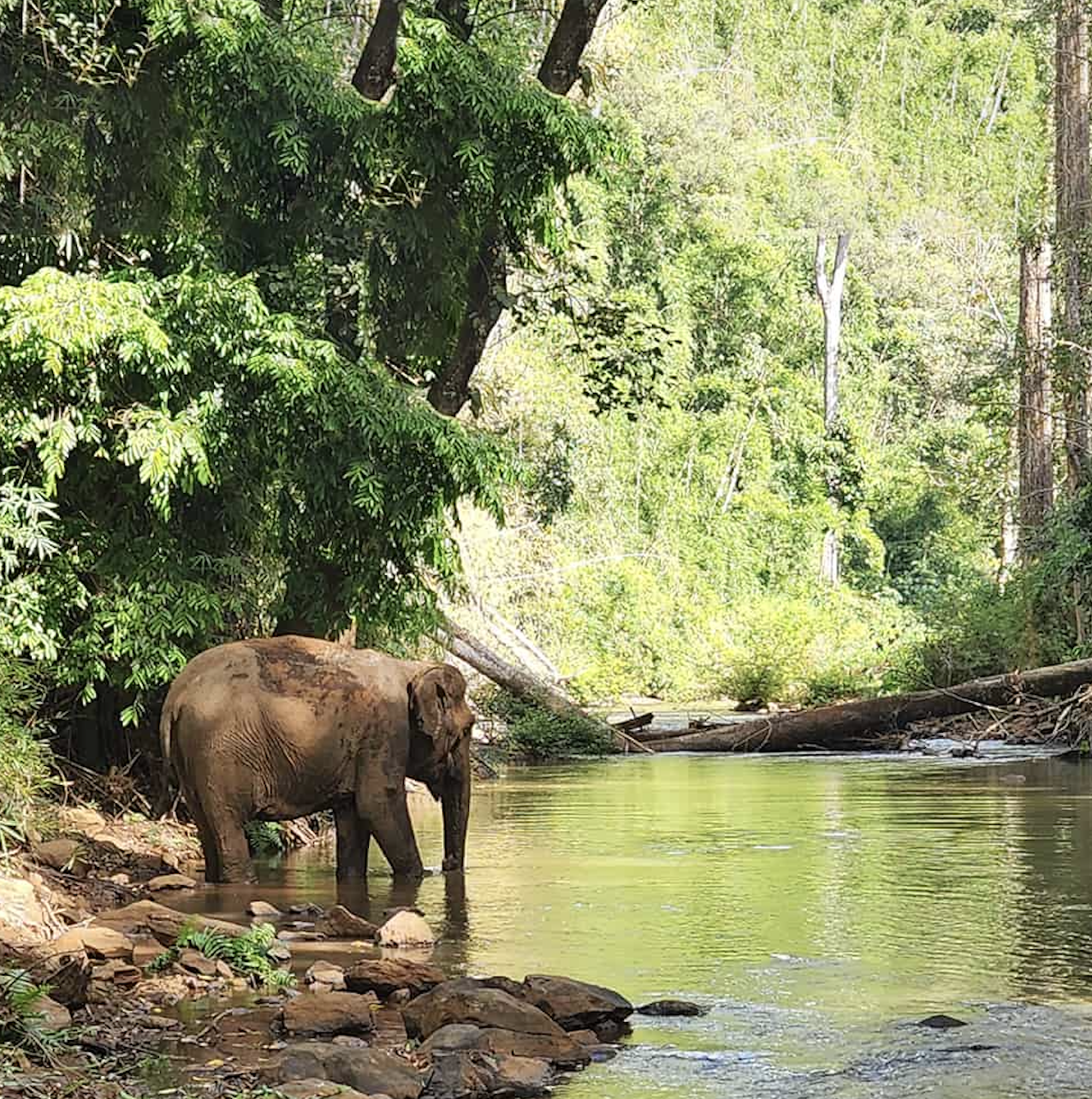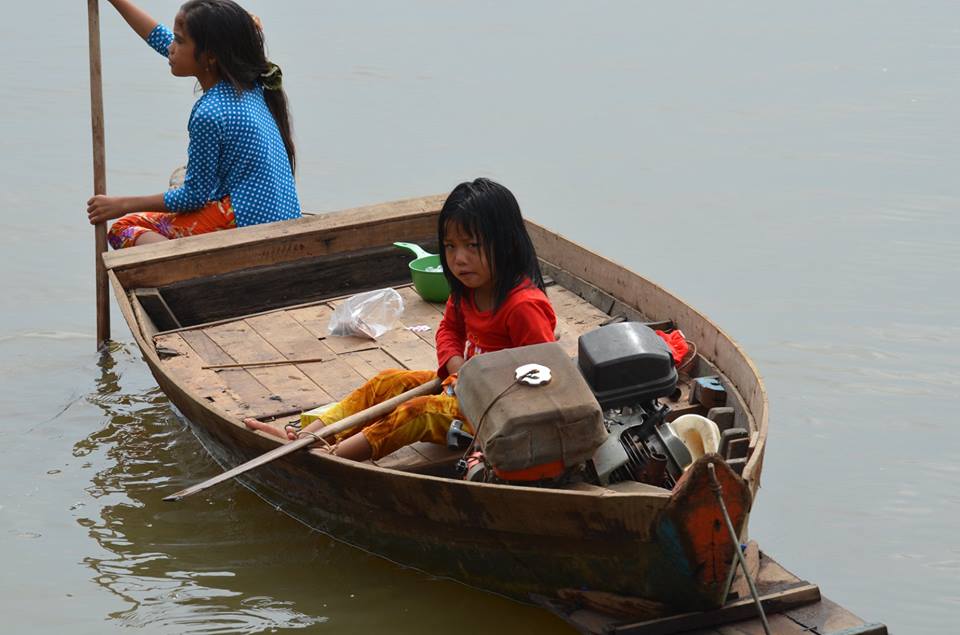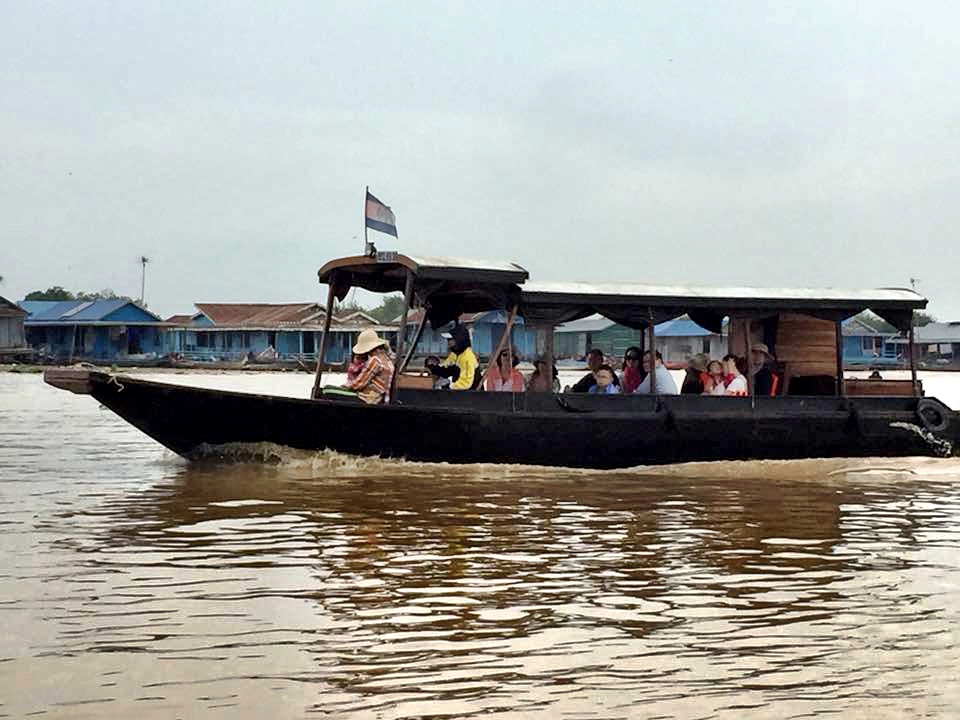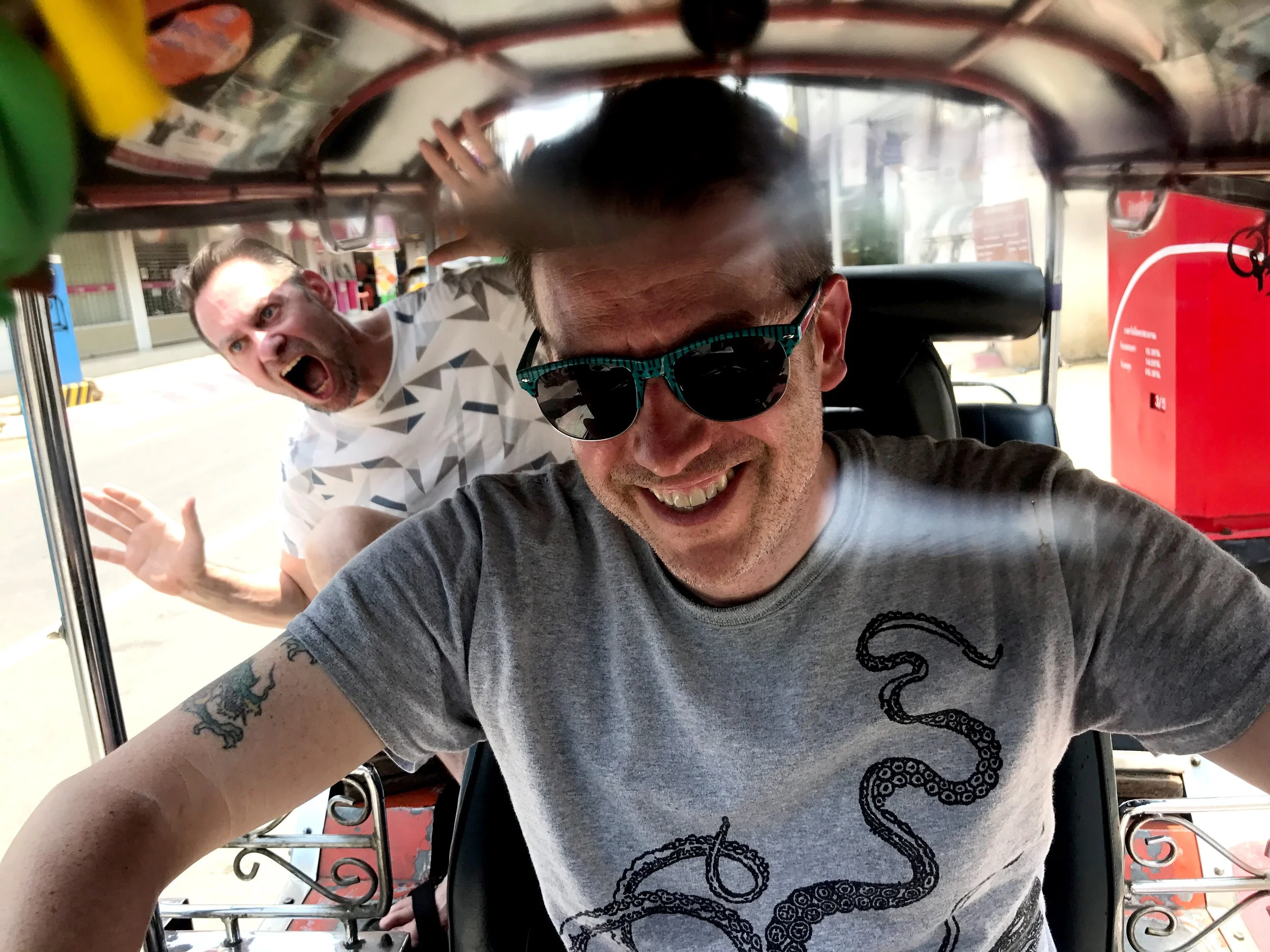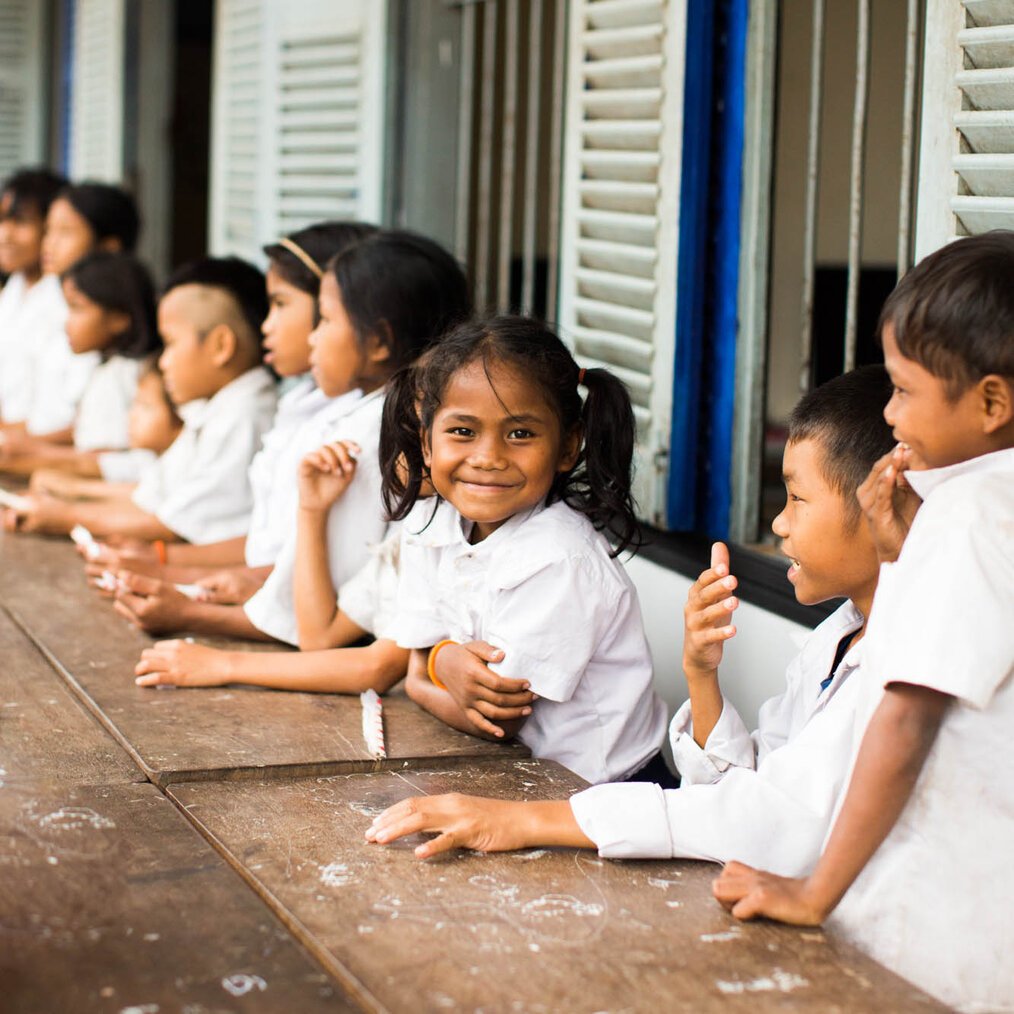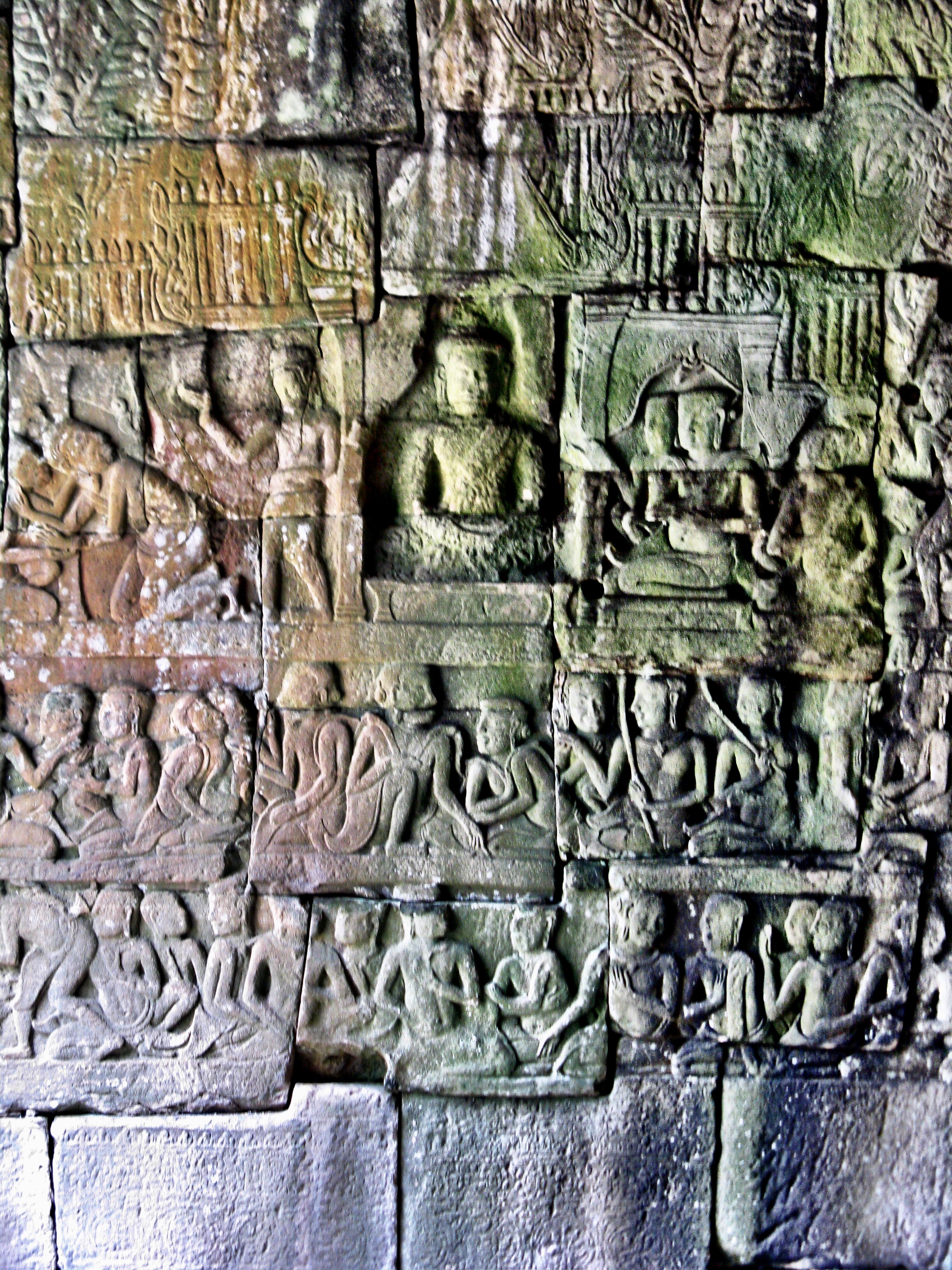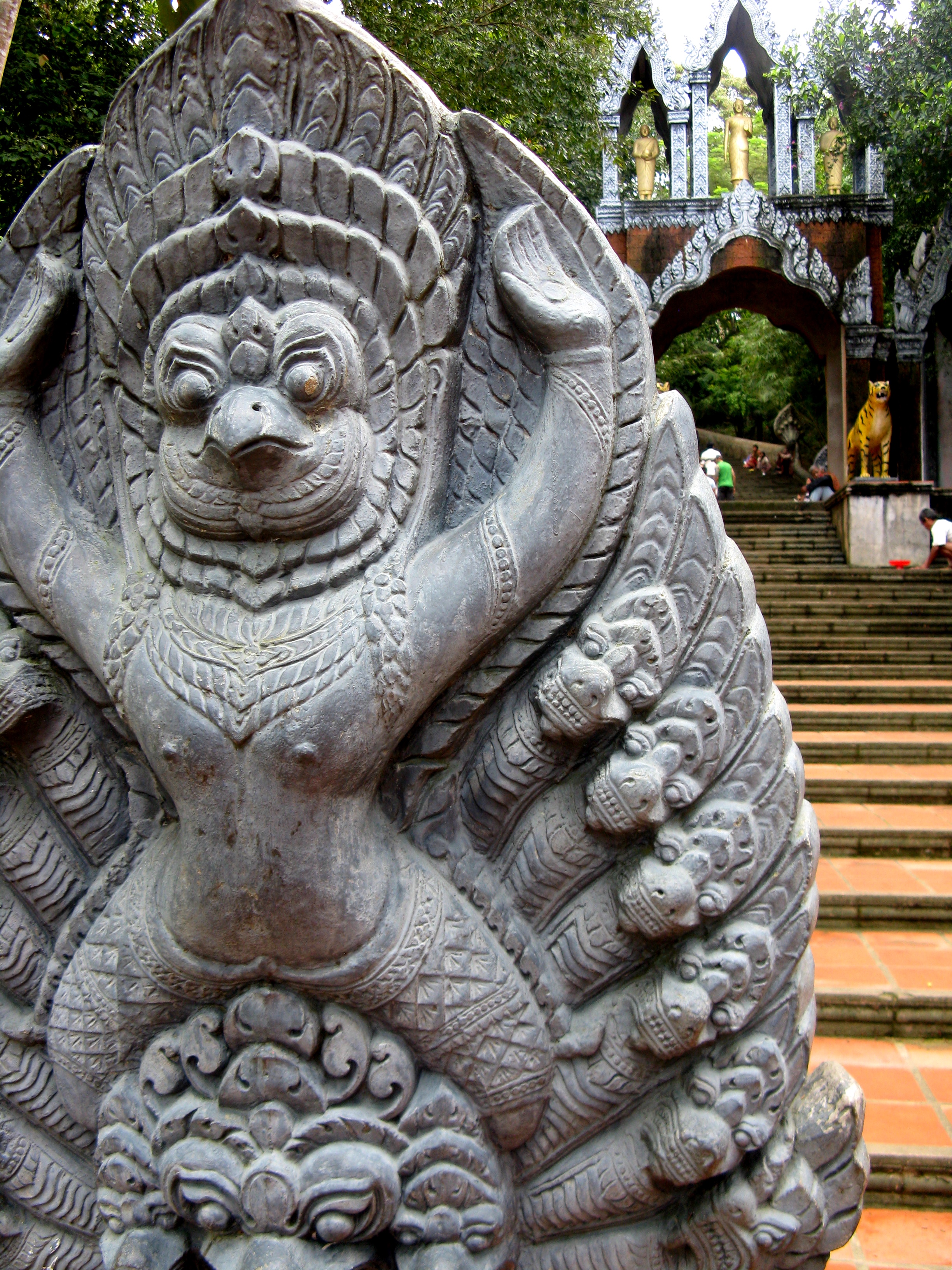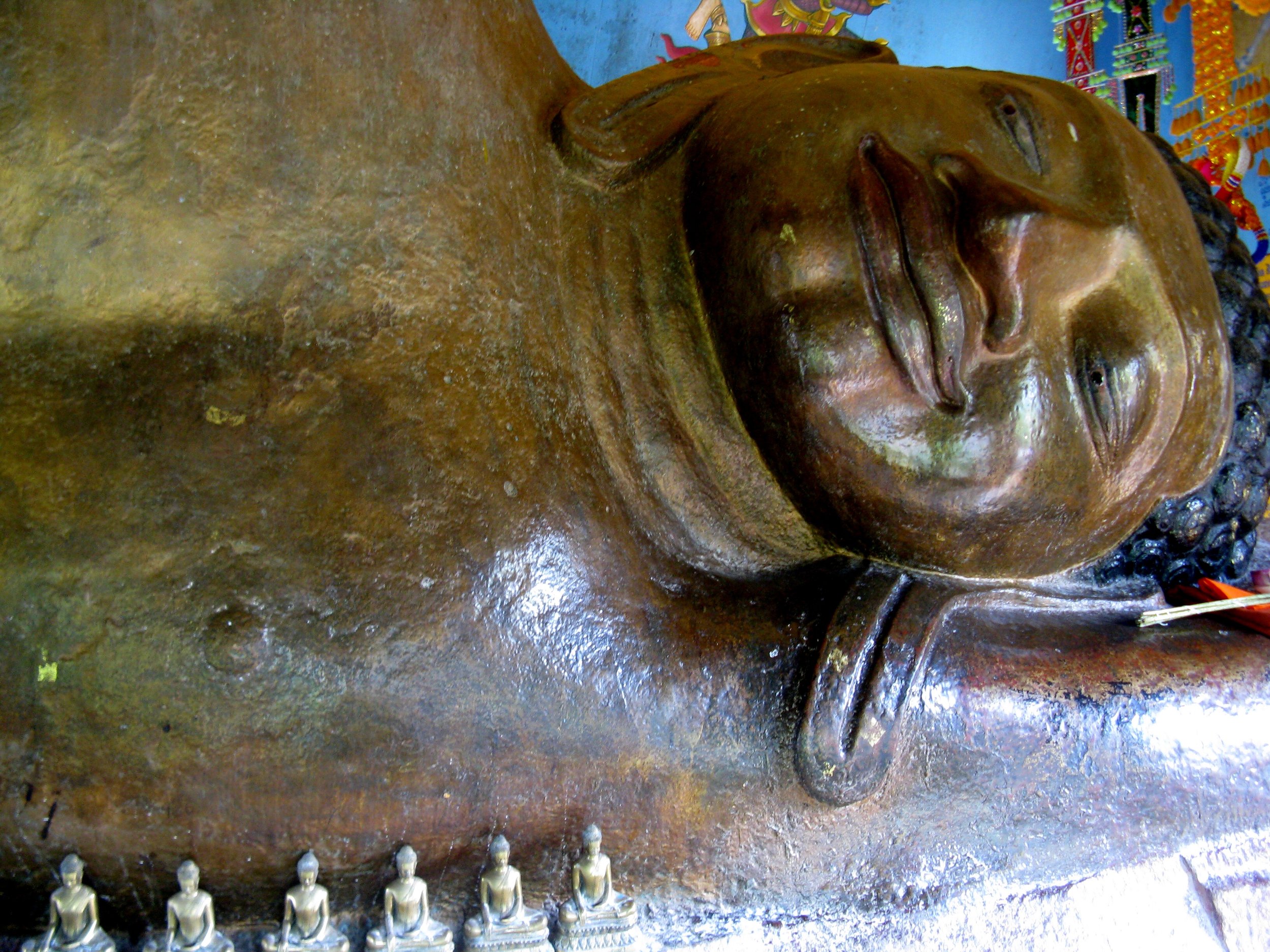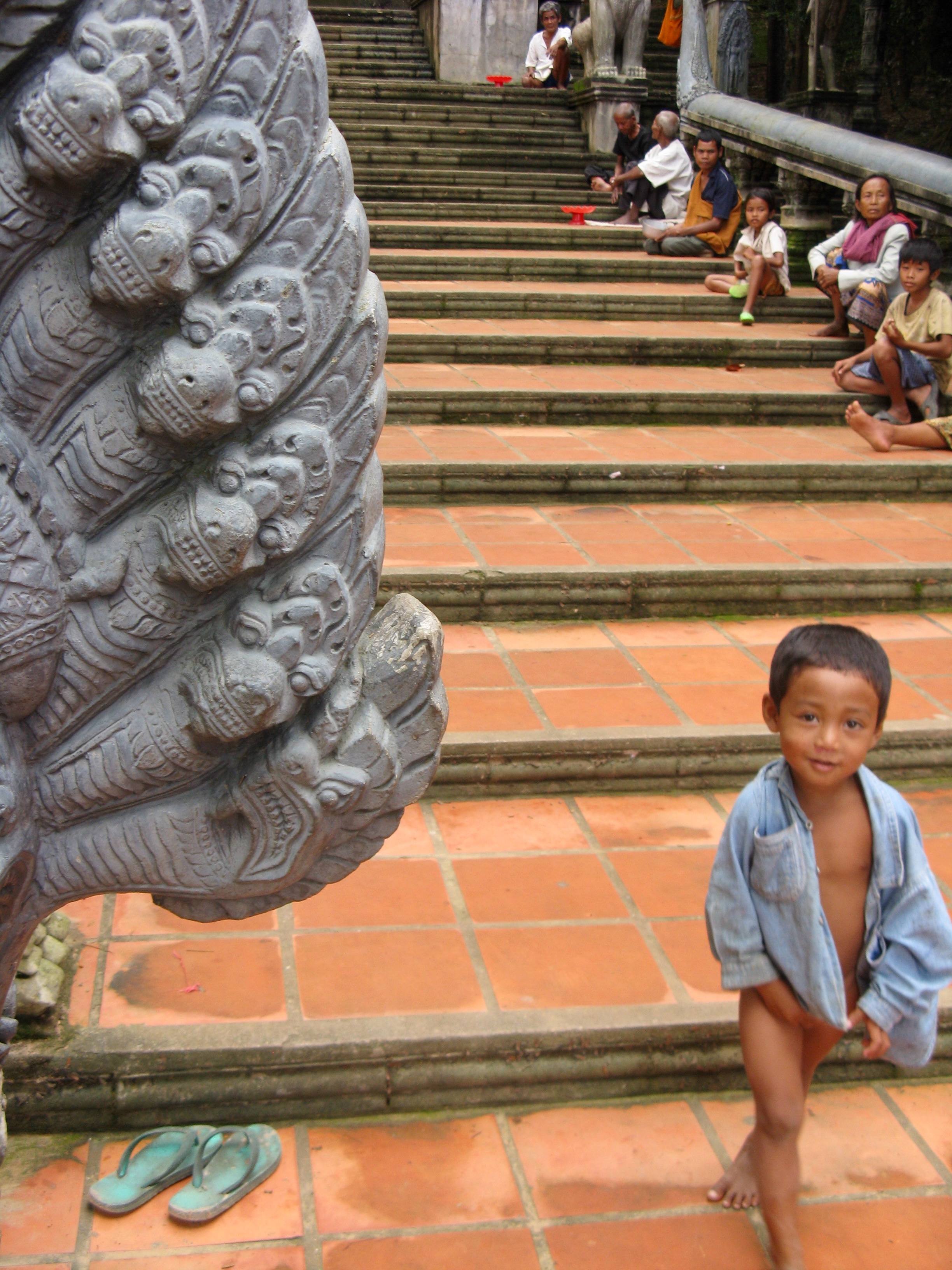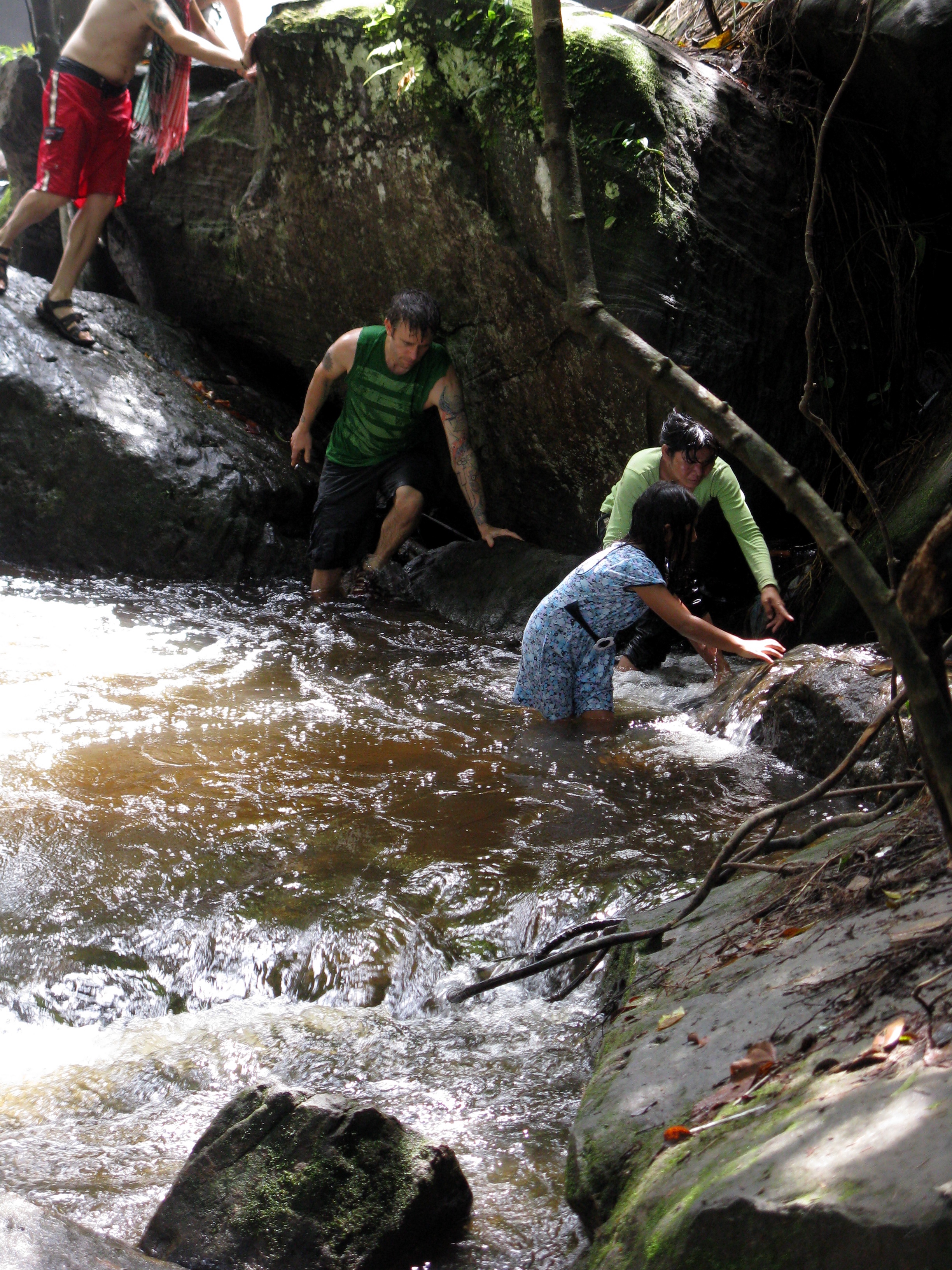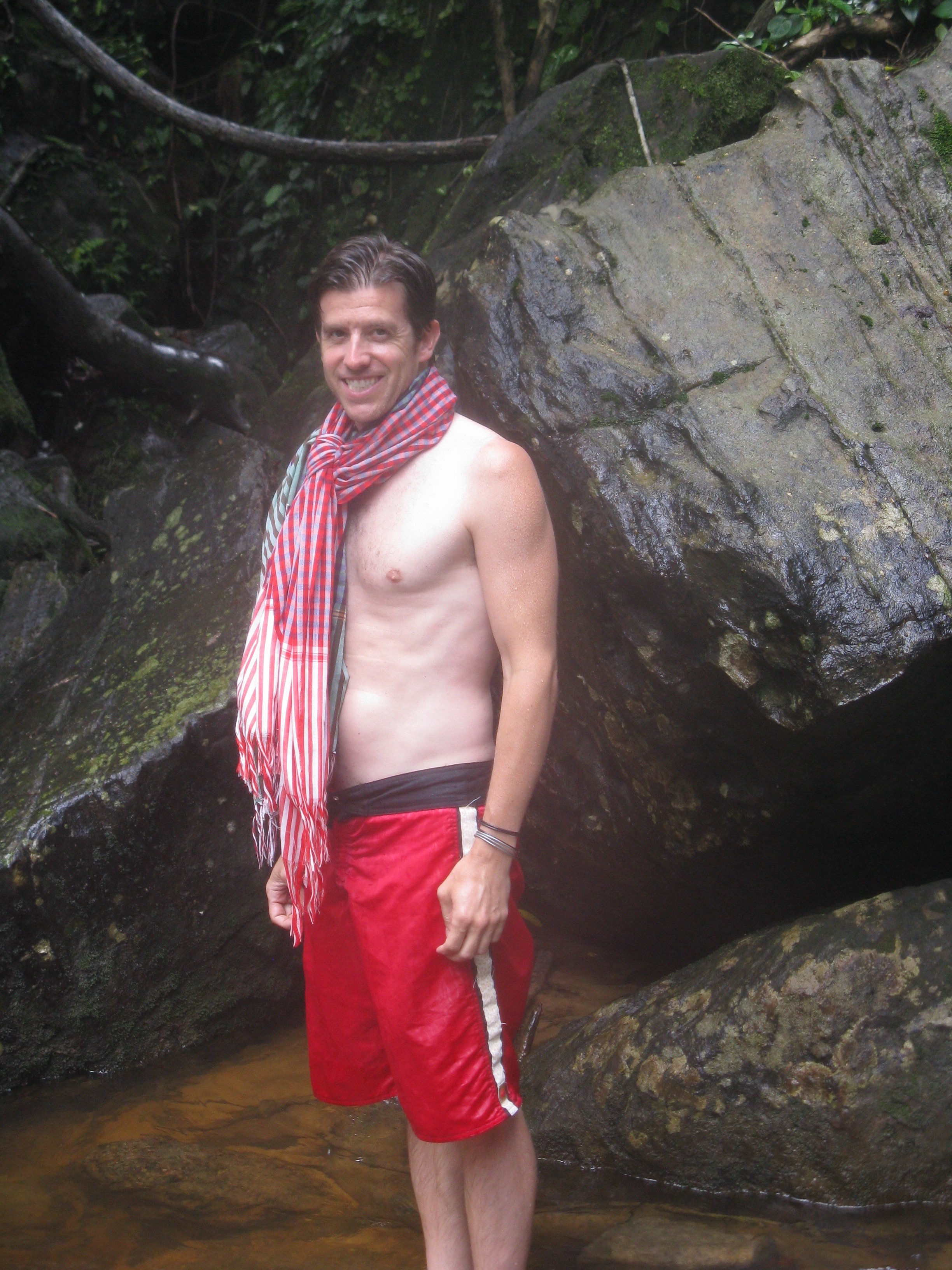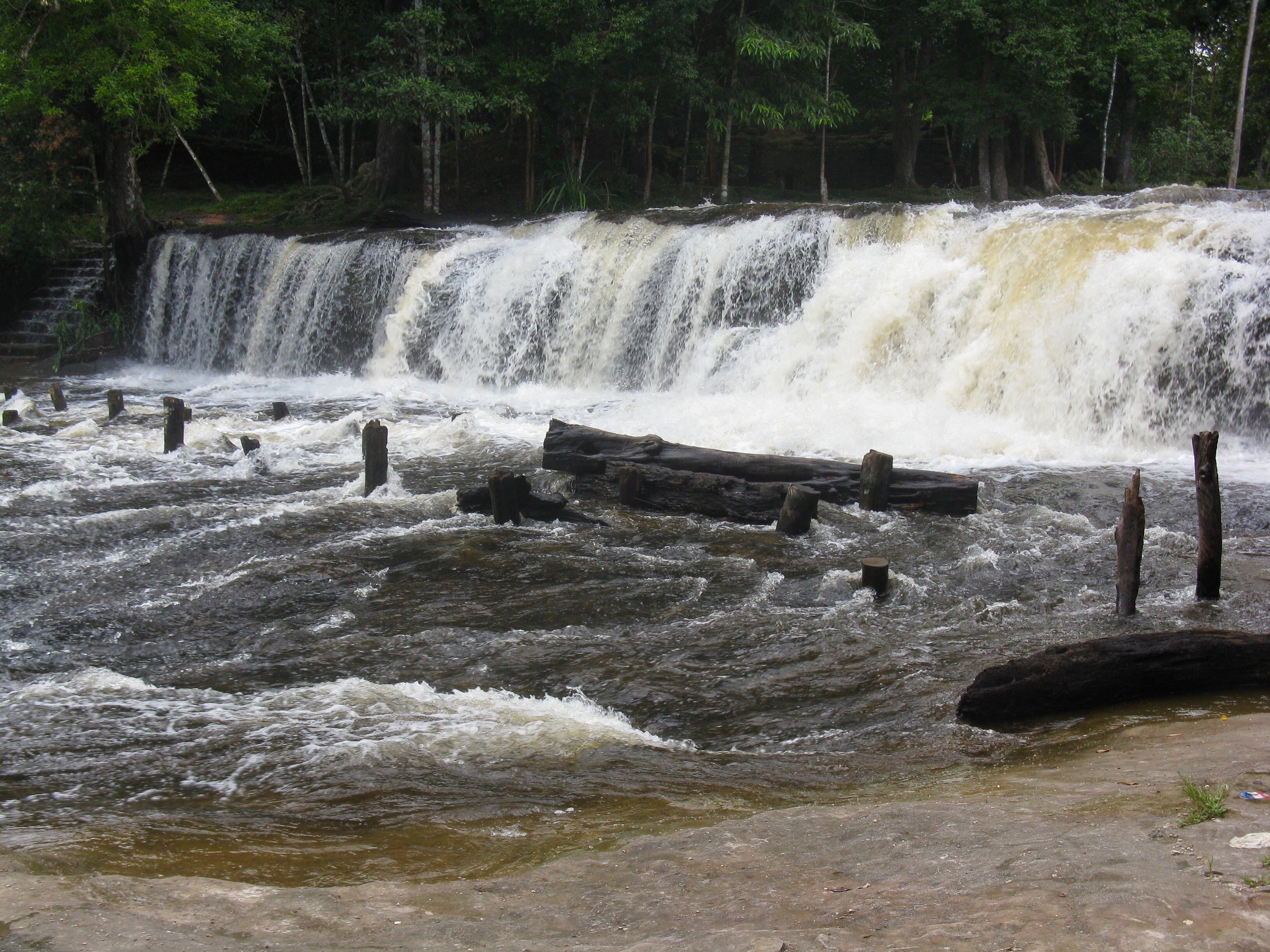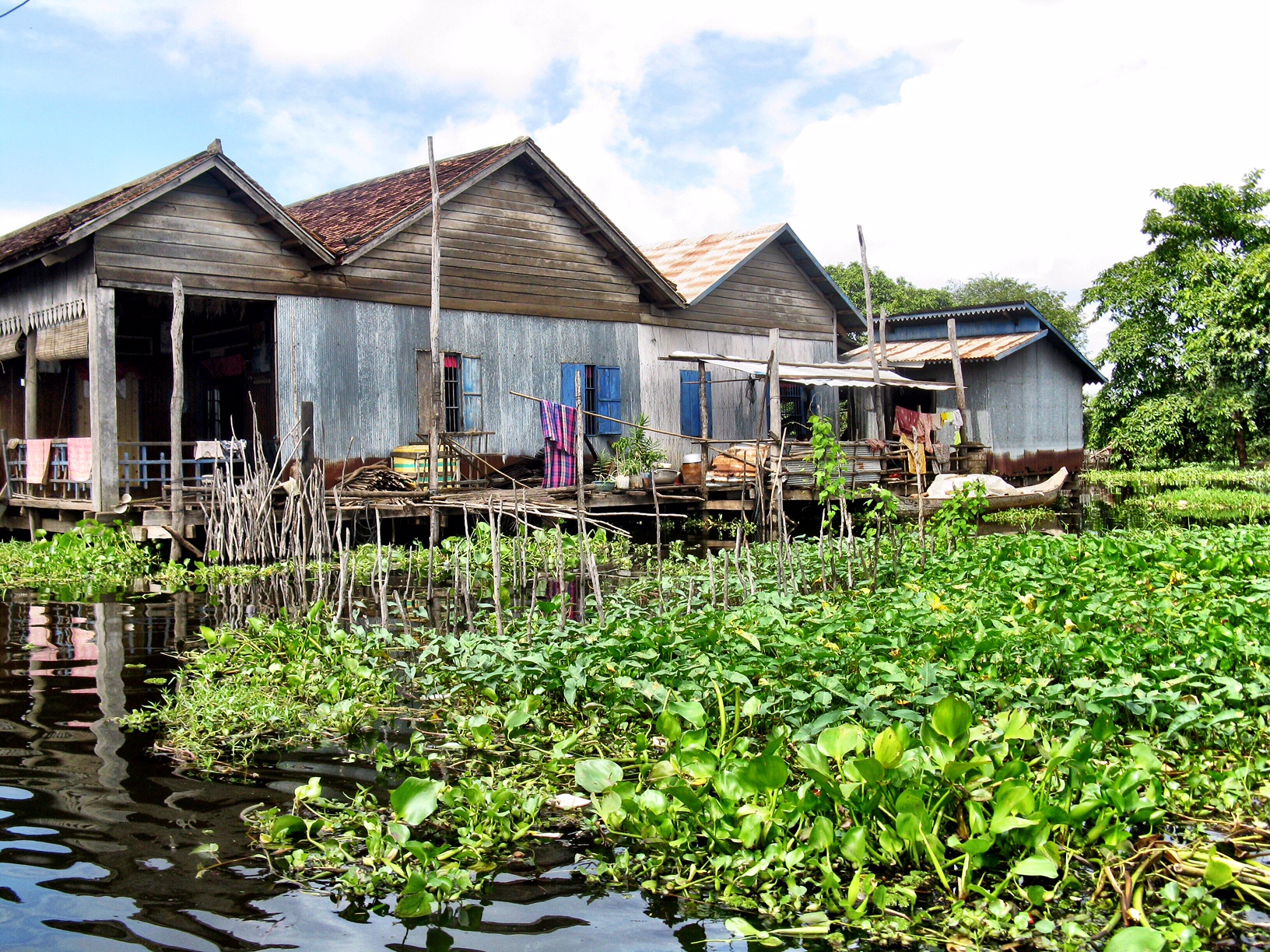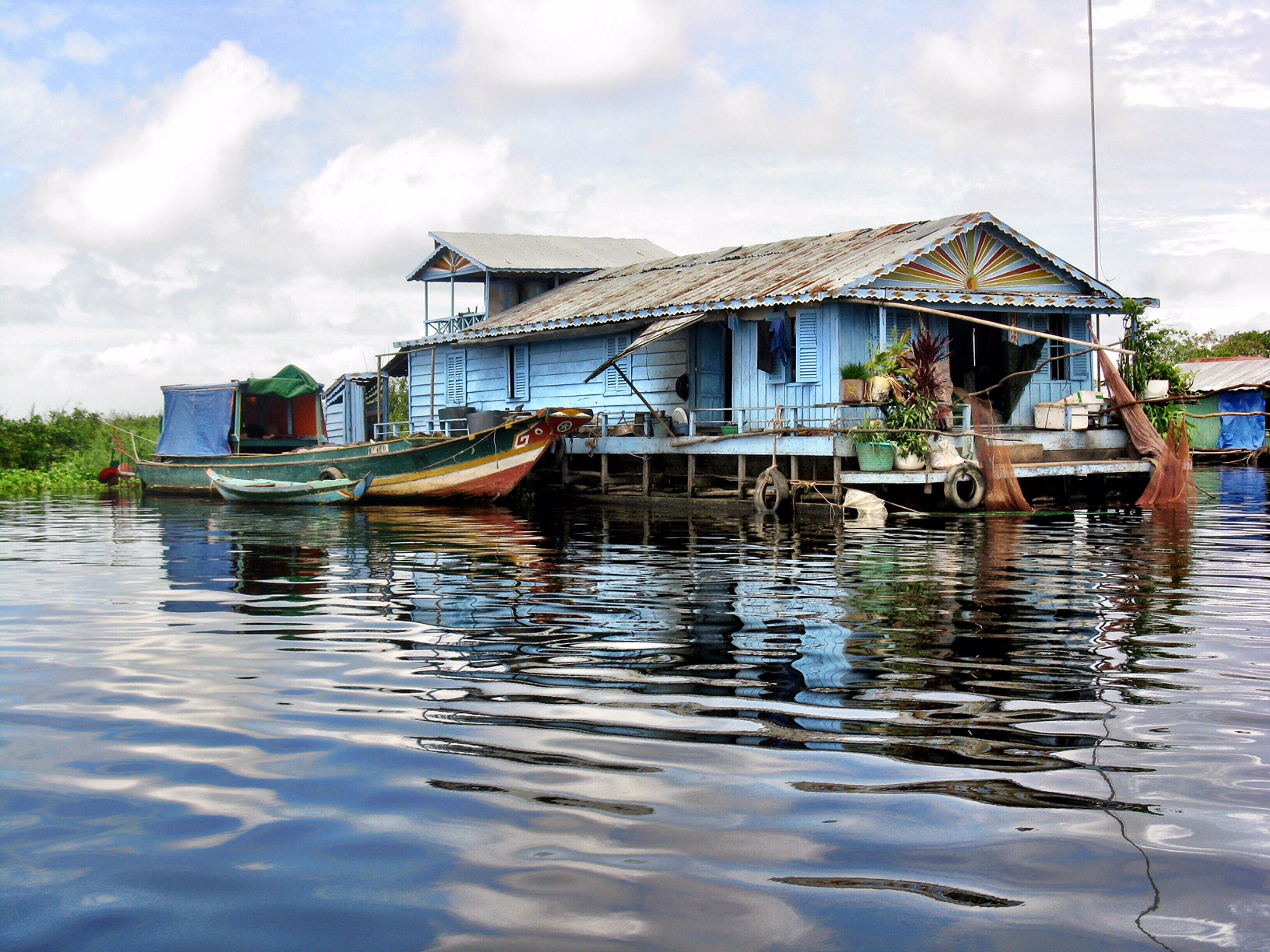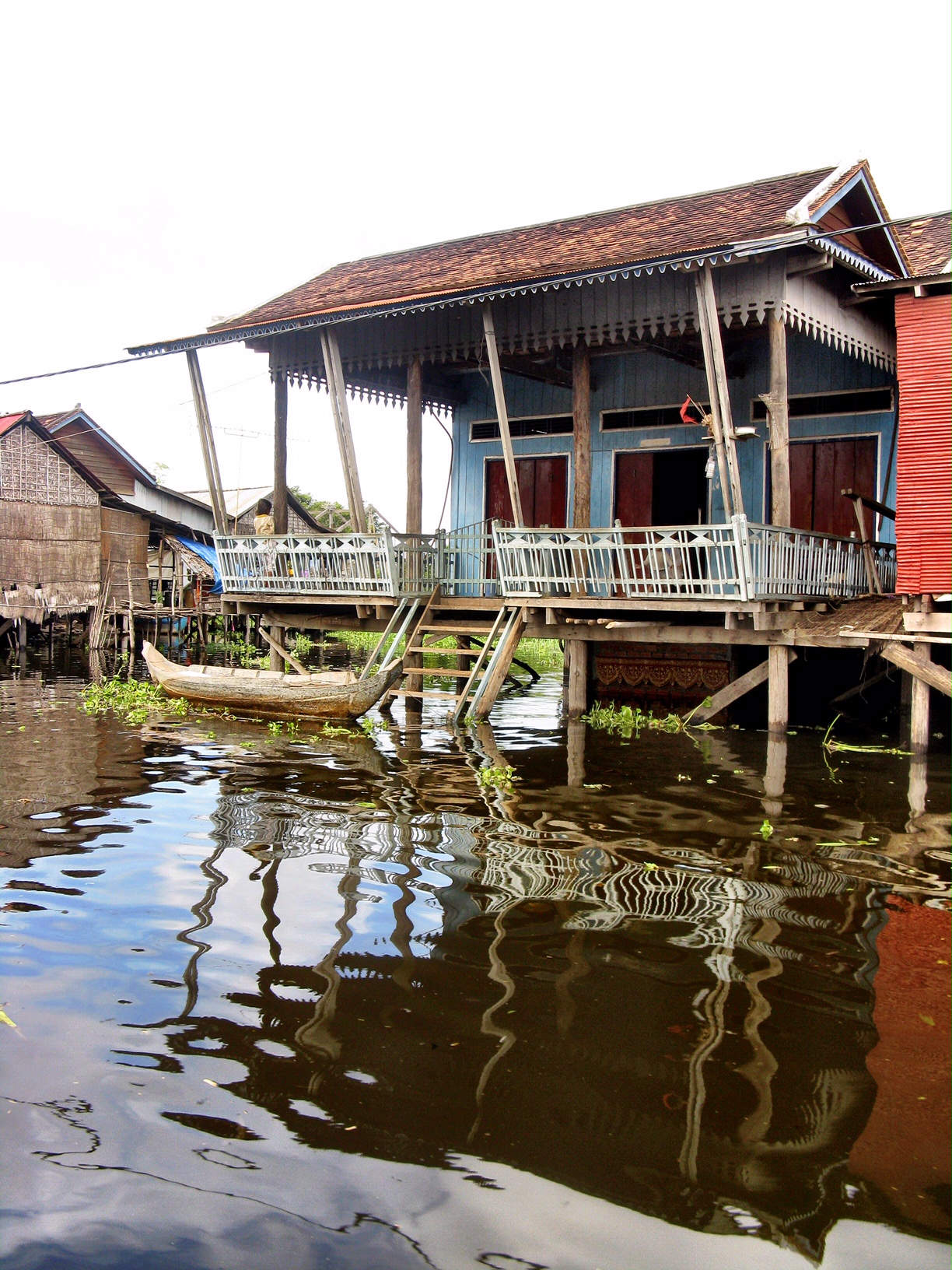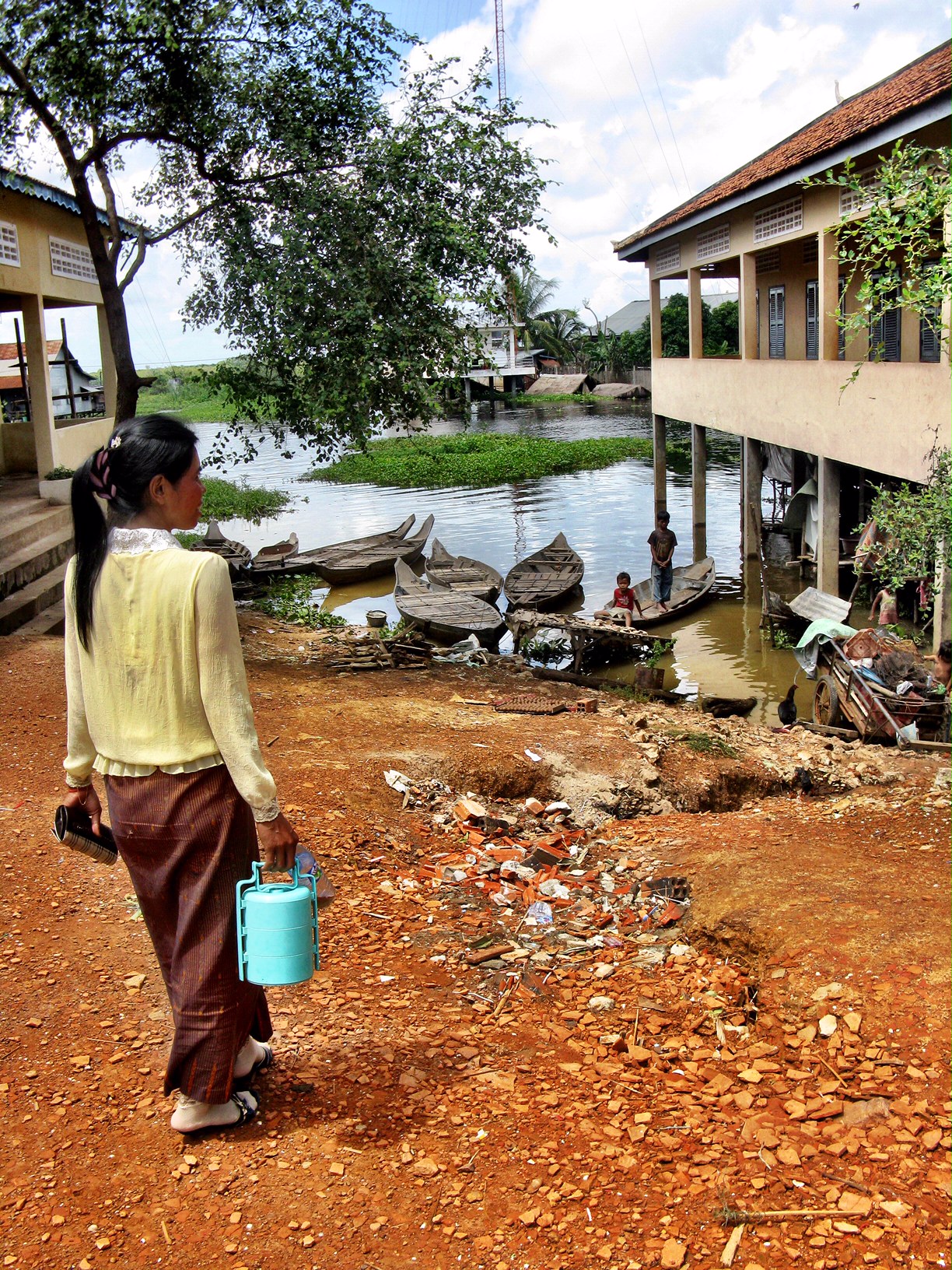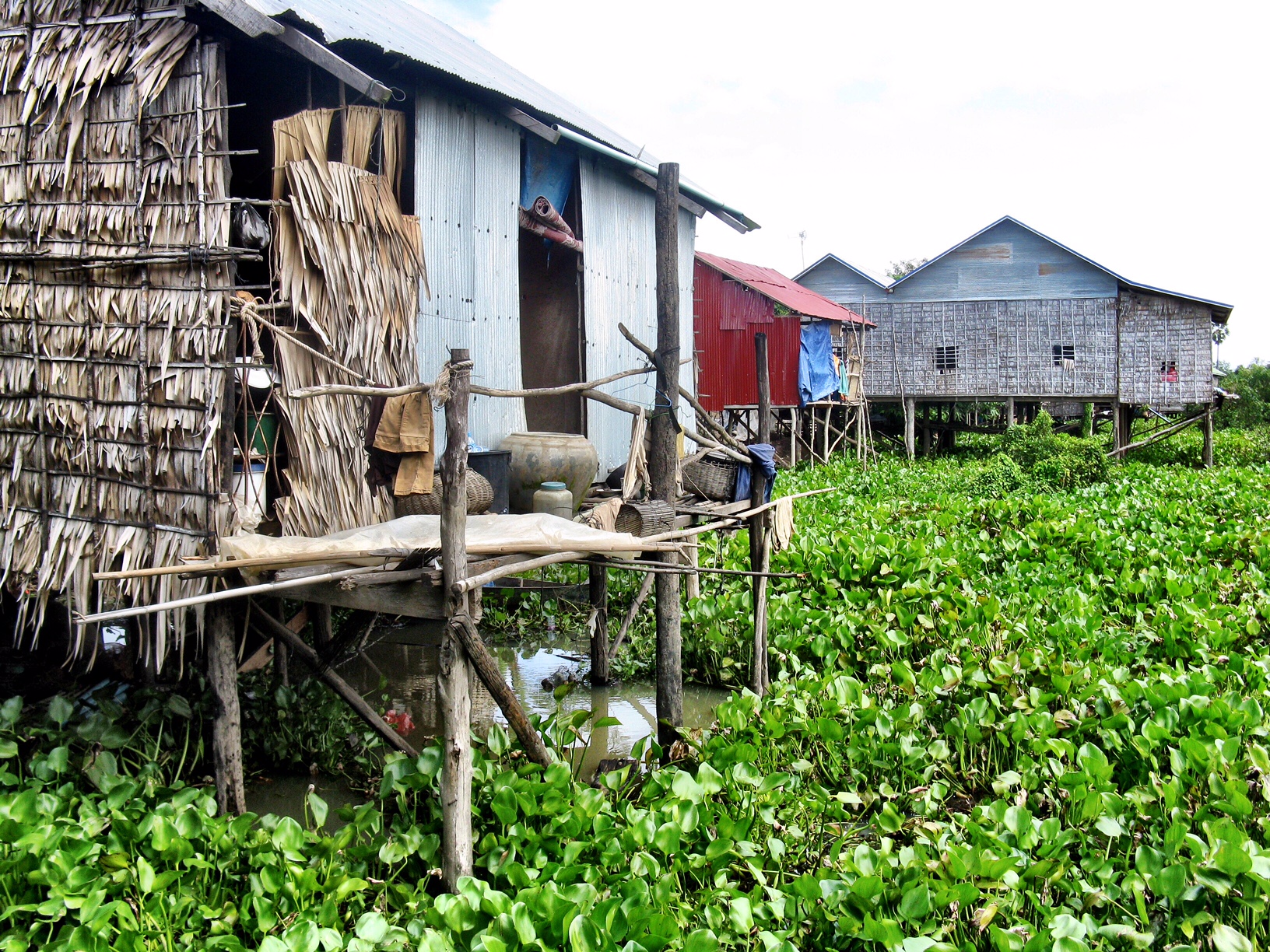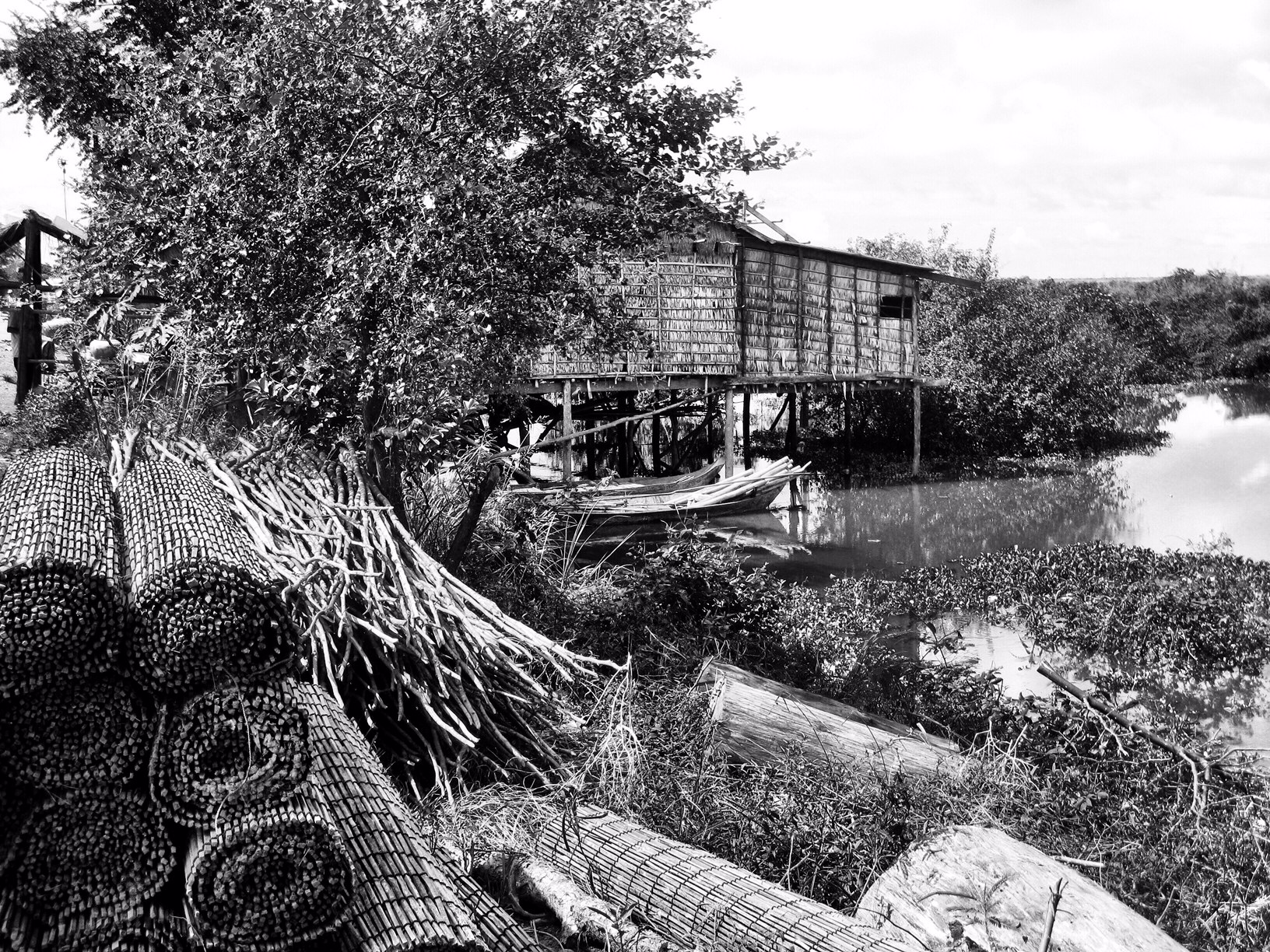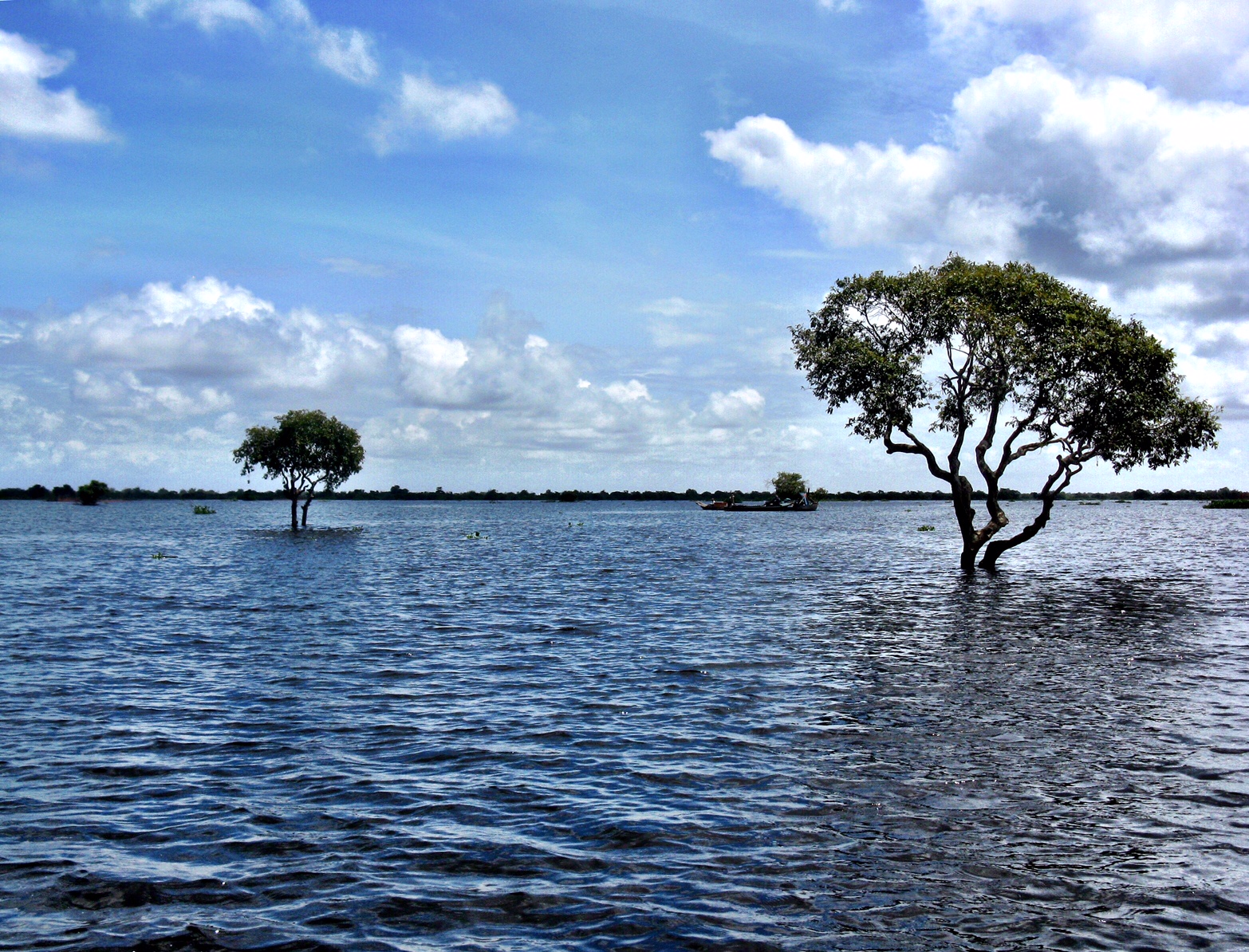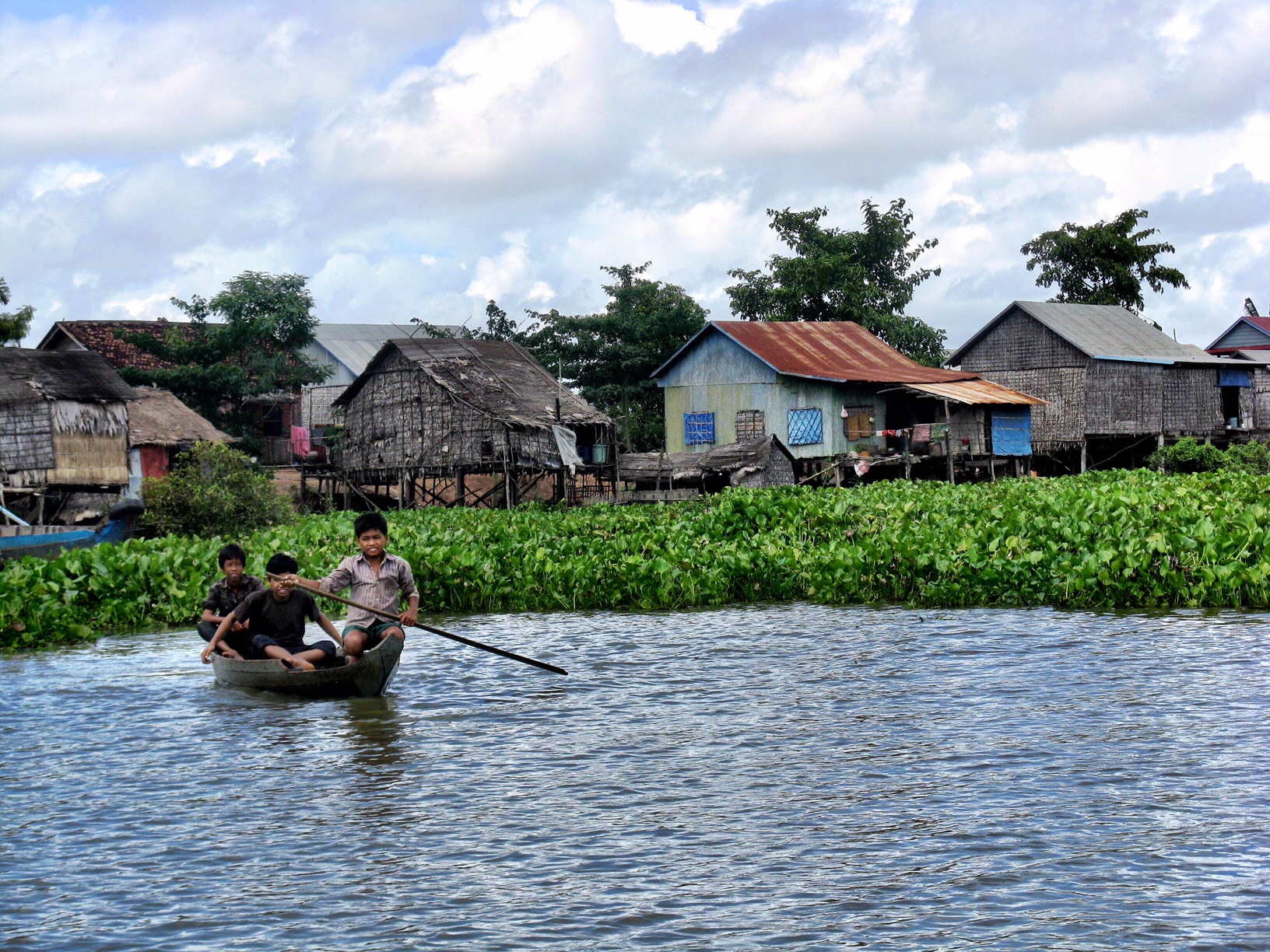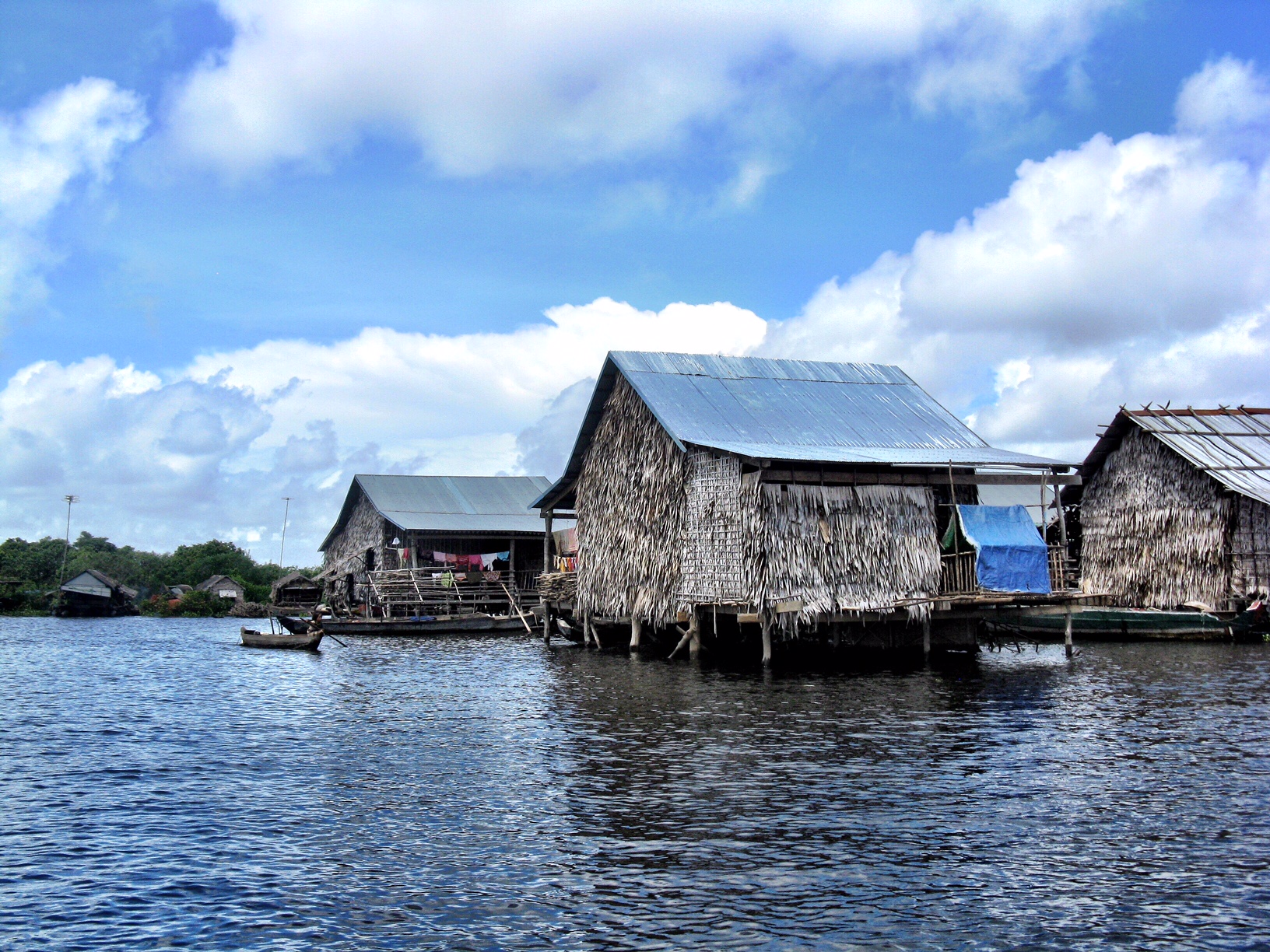Ever thought about teaching abroad? You could do worse than Cambodia, with its low cost of living, high amount of job openings and gorgeous scenery.
Stunning natural vibrancy. A fast-growing economy. One of the most competitive costs of living. All in a region flooded by expats and nomads. It should come as no surprise that Cambodia is one of the most popular destinations for people looking to teach English abroad.
But, as with every country in the world, there are a decent number of pros and cons to kickstarting a teaching career in this part of Southeast Asia. But first things first.
Requirements to Teach English in Cambodia
Before delving into the pros and cons of teaching English in this stunning country, let’s briefly discuss what would-be tutors need. Good news: Prior teaching experience and university degrees aren’t mandatory for English teachers applying for jobs in Cambodia.
You also don’t have to be a native speaker of English to teach in Cambodia. However, English proficiency across the country remains low, so some knowledge of Khmer (the native language) is recommended.
The most crucial qualification you’ll need to begin your teaching career in the country is a TEFL (teaching English as a foreign language) certificate. Most employers look for a qualification of 120 hours from an accredited course provider such as the TEFL Academy.
A single-entry visa (type E) is usually required, which can be arranged either before or upon arrival at the airport for $35, plus fees. This visa is valid for three months from the issue date and can be extended for six to 12 months.
The Pros of Teaching in Cambodia
It’s easy to get started.
Cambodia has some of the most flexible requirements for teaching positions. As one of the more recent emerging markets in the TEFL world, things such as bachelor’s degrees, prior teaching experience or classroom training aren’t always essential to employers. This makes Cambodia a great place to kickstart your teaching abroad journey.
Phnom Penh
There’s a wide variety of positions.
Whether it’s teaching kids in kindergarten or adults business English, Cambodia’s teaching market is flooded with different roles and responsibilities. If you’re TEFL-qualified and have the right attitude for a teaching gig, you will find the range of options open to you among the most competitive in the world.
Phnom Penh, Cambodia’s capital city, offers the most opportunities. But other destinations, such as Siem Reap and Battambang, are popular options for those seeking positions as well.
The lifestyle — a low cost of living paired with amazing culture and natural beauty — can’t be beat.
Destinations like Cambodia, Thailand and Vietnam have been hotbeds for nomads, gap year students and other travelers for years, with their lush natural wonders, rich cultures and layered histories. Couple this with some healthy salaries and a low cost of living, and you can begin to see how the recipe for an idyllic lifestyle is forming for TEFL teachers in the region.
Salaries for teaching English in Cambodia range from $15 to $30 an hour, depending on experience, qualifications and location. While other countries boast heftier salaries, Cambodia’s low cost of living allows teachers to rent an apartment for around $150 a month, with utilities costing around $50, and the average meal only costing $2-$5.
It’s a great jumping-off point to some wonderful Southeast Asian adventures.
For many who teach abroad, the freedom to travel is one of the biggest draws. In Cambodia, with plenty of opportunities to save thanks to the country’s low cost of living, spending money for other treks should be obtainable.
Bus routes frequently take visitors into neighboring Vietnam and Thailand, providing excellent travel opportunities during your downtime.
And it’s easy to get a change of scenery if you want. The number of educational institutions looking for English teachers makes this part of the world one of the most popular for nomad border-hopping.
If you’re not teaching in a popular area, like Siem Reap, you can feel very isolated.
The Cons of Teaching in Cambodia
Not everyone is prepared for a different culture — including in the classroom.
The first place to start on a list of cons to teaching anywhere is the risk of culture shock. Not only is Khmer culture itself a world away from what those of us in the Western world are probably used to, but classroom experiences can vary wildly in Cambodia compared to other locations.
Cambodian teaching can be a lot more flexible, with class sizes typically much larger and boisterous. While this can make for some of the most fun and unique lesson planning and teaching experiences, it’s important to bear in mind when preparing an application.
Rural positions can feel isolated.
We mentioned earlier that cities are usually the places to stick to when it comes to finding the best job opportunities, and if you’re looking to fully immerse in the sights and cultural hubs of the country, I recommend sticking to the likes of Phnom Penh or Siem Reap.
If you find yourself looking at positions in more rural areas, you’ll likely have a harder time moving around and might get caught up in the long list of restoration projects constantly underway around Cambodia.
Scams are on the rise.
Finally, as teaching English in Cambodia becomes more popular, so too does the number of scammers in the region. One of the most common scams I’ve seen is when employers ask for a small fee for the work they provide. Needless to say, this is a red flag.
Always take the time to research the employer, recruiter and institution you’re applying to. If they don’t appear to be interested in your skills or qualifications, take it as a hint that they may not be genuine. –James Metcalfe









